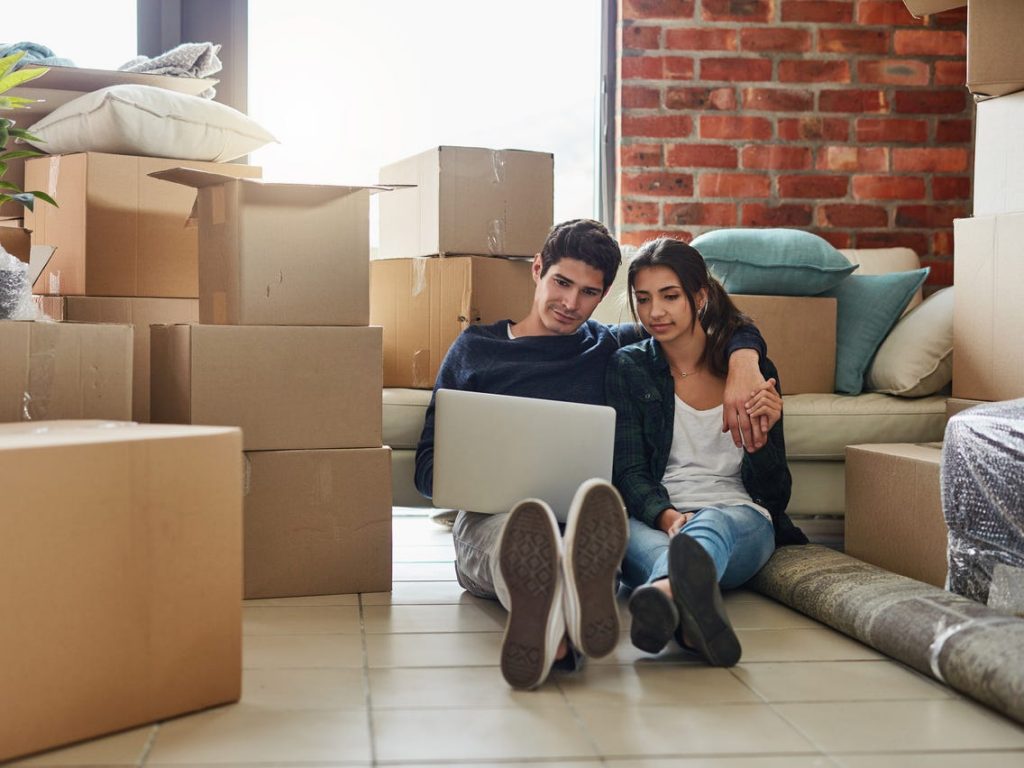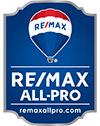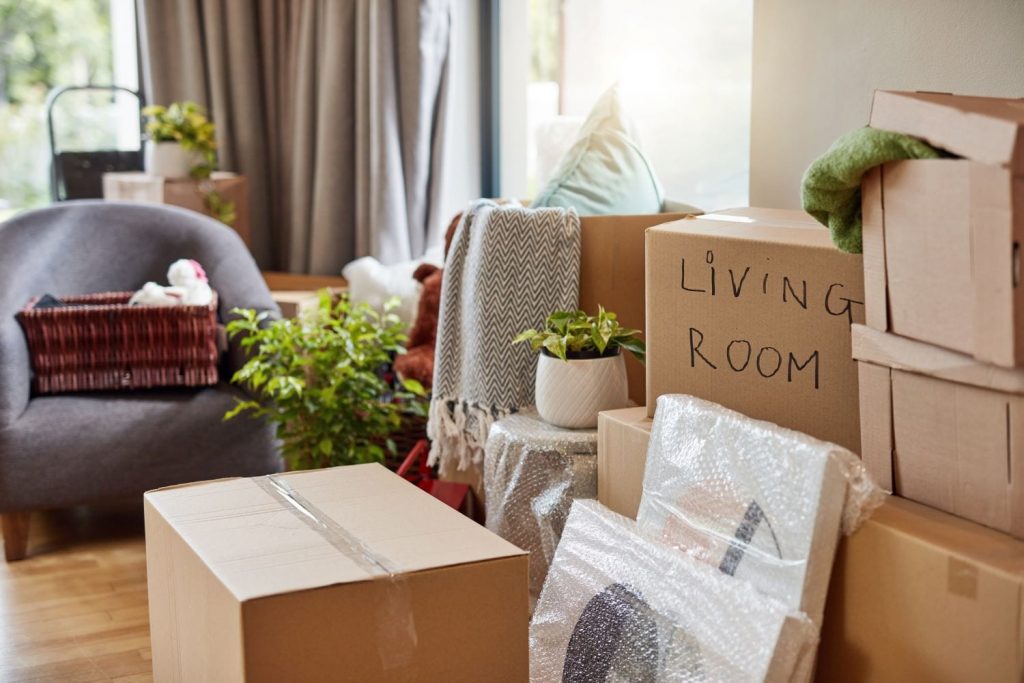First-Time Buyers: Can I Still Buy a Home in Coachella Valley During COVID-19?


I'm a first-time buyer. Can I still buy a home in Coachella Valley during COVID-19? If you are a first-time homebuyer and were in the process of shopping for a house in Coachella Valley before the coronavirus, the pandemic likely put a wrench in your plans. But should it? When you’ve never bought a house before, you don’t know what you don’t know about the process, and buying a house for the first time during a pandemic isn’t an experience you can ask your friends and family about — these are uncharted waters.
The truth is, many first-time buyers are still buying homes during this crisis, but things are different now than they were before the pandemic. Here is what you need to know as a first-time buyer during the coronavirus.
First: Know the rules are different everywhere
Before you begin shopping for a home, know that the rules about the industries deemed “essential” during the pandemic vary state-to-state and even city-to-city. If you’re buying a home in the same market you already rent in, this fact might not impact you much.
If you’re buying in a new city or state, however, make sure you know the rules in your future hometown. For example, in states like Alaska, travelers are required to go straight to their “designated quarantine location,” and remain there for 14 days upon arrival in the state. That means if you show up from out of state to shop, you won’t be able to tour a home for at least two weeks (if tours are allowed at all).
Note, too, that the rules are constantly changing and evolving, so check back often to ensure you’re up to date on the latest policies. A local real estate agent or the local Multiple Listing Service (MLS) are good sources of information about what is and isn’t allowed in your area, real-estate-wise.
You can still shop for a house
“This is normally my busiest time of year,” says Anthony Sacco, a top-recommended agent with seven years of experience in Rehoboth Beach, Delaware. “My call volume has decreased. The showing volume has decreased. I’ve had a few buyer contracts fall through.” Despite all that, you can still shop for a home, but some things will be a little different.
“The rules of viewing a property are different than before the coronavirus,” says Sacco. “In our state, we can only show property under certain rules.
“The first rule is you must be preapproved for us to show you the property in person. If someone isn’t preapproved, we can still work with them, but we have to have a virtual showing, where I go to the house and walk the property while FaceTiming with them.”
In Cleveland, Ohio, where Brad Klimek, an award-winning agent who specializes in first-time homebuyers, works, “You are only supposed to show the house to whoever will be on the title,” he says. Despite the rules, “people have still been bringing their friends and kids.
“I’ve promised the seller that one or two people plus the agent will go through the house. If you show up with anyone else, I have to tell them, ‘Sorry, I can’t let you in.’”
Another issue first-time homebuyers may face in the age of the coronavirus is a shortage of inventory. While inventory has been low for the past few years, “so many people took their home off the market, it’s extremely low now,” says Klimek. “Normally this time of year you might have 40 or 50 houses to choose from, and now you only have four or five. A lot of sellers are waiting for the virus to lift because they are scared for people to come into their homes, even though Realtors are taking every precaution.”
Your preapproval might need an update
While the process of getting preapproved for a loan hasn’t changed (most buyers today do an online preapproval application anyway, Sacco says), the preapproval itself has changed since the virus struck.
Some lenders are now imposing overlays (in other words, increasing their standards), which means your price range might have changed because your approved loan amount is lower — or you may no longer qualify for a loan at all.
“Once you go under contract, you have to get the formal loan approval,” explains Klimek. “Some people with preapproval letters are getting denied when they go for the formal loan application because they don’t meet the requirements.
“The banks are constantly changing requirements,” Klimek adds. Because of the recent overlays imposed by some banks, Klimek says that some of his clients who originally qualified for loans found themselves ineligible when minimum credit score requirements were raised. “That essentially knocked a lot of people out of contract,” he says.
Closing
Sacco says that once the house goes under contract, “closing is different in today’s world.”
You’ll still be able to get an appraisal, but Klimek says he’s seeing a lot more drive-by appraisals, even for FHA loans. These will be allowed through May 17, 2020, under current regulations.
Depending on whether real estate is considered essential or not, you might or might not be able to get an inspection. If you can get an inspection, don’t expect to attend.
Sacco says that in his area, “buyers aren’t going to inspections. Agents aren’t going to inspections — it’s only the home inspector.
“The inspector is taking videos to loop in the buyer, in addition to the reports they provide, so buyers can get a better feel for the property.”
When it comes time to closing, Sacco says that in Delaware, they are moving to electronic notarizations. Not every state offers these, but many that don’t are accelerating acceptance of this technical solution.
Klimek says in Cleveland, in-person closings are still happening, but “only the people on the title are allowed in the office, and they have to wear masks.” Once the paperwork is signed, the paperwork is taken to a dropbox outside of the court because no one is allowed inside. Additionally, “the courts are only open until noon, so trying to transfer the title can take some time,” he says.
Because of the delay, it’s important to get title insurance. Klimek says that some of the big title companies are making sure both buyer and seller get title insurance (which isn’t typically required). This is done so that as soon as they drop off the documents at the courthouse, the title insurance kicks in, and the buyer can take possession of the house before the title officially transfers to them.
Delays
Speaking of delays, “the virus has delayed every single aspect of the homebuying process,” says Klimek. “From being able to get into the house for a showing, to getting the preapproval, to having inspectors enter the house. Every single aspect is delayed from beginning to end.”
Though Sacco says most of his loans are generally closing on time, “one of my USDA transactions was delayed a couple of weeks.” Additionally, he says “some types of loan transactions aren’t funding. I had people doing bank statement loans (mortgages for people who are self-employed) — they closed on their house, and then we found out a couple of days later that those loans have been suspended temporarily.”
Klimek says that some of his clients have experienced delays because they’ve encountered issues with sourcing materials needed to improve the home. “I have an FHA deal closing, and the FHA appraiser did a drive-by appraisal of the property and said they needed a new railing for the porch. That’s no problem in a normal market. But when the sellers went to buy the railing, they were told it was on special order because manufacturers are only focusing on the necessities, so the earliest the rail will arrive is June. What do you do?”
In order to divert some of the problems caused by delays, agents are adding a coronavirus addendum to contracts. These extend the closing date and also offer other protections for buyers and sellers.
Cleaning and moving
The final step in the home buying process is the fun part — cleaning the home and moving into it!
Depending on the regulations in your area, you might or might not be able to hire people to help you clean and move. If you can’t hire people to deep-clean the house before you move in, consider sealing the house up for three or four days after the previous owners move out, just to make sure the virus isn’t alive inside the home (viruses need hosts to survive, and the coronavirus might live on surfaces for up to several days).
If you do hire move-in help, open all the doors for the moving crew in order to minimize the surfaces they touch (including closet doors), turn on all the lights, and provide gloves and masks for them if you can. Open all the windows and doors in the house, too, to keep air circulating through. Once they’re done moving your things in, wipe down all door handles and surfaces with an EPA-registered disinfectant.
Things will certainly be a little different than normal when you set out to buy a home during the coronavirus. Sacco points out that for a first-time buyer, it’s now more important than ever to work with a great real estate agent.
“You can’t just go into a house or a new construction office like you used to and say, ‘Can I look at this?’” says Sacco.
“The need for understanding the home buying process is even higher now. We can help the buyer understand how to get preapproved, who they need to talk to, and subsequently what types of properties will fit their needs.
“First-time buyers usually need extensive guidance anyway, but now it would be much harder to buy without someone to guide you through the process from beginning to end.”
Partner with Award-winning Coachella Valley REALTOR® – Elaine Stewart
Whether you are interested in Coachella Valley homes for sale or you are ready to list your current property, experience matters the most in a changing market. With over 27 years of local experience, Elaine Stewart provides the kind of knowledge, skills, dedication, and personalized service you need and deserve. A member of the RE/MAX Platinum Club and RE/MAX Hall of Fame, Elaine will protect your interests, advocate for you, and go above and beyond to ensure a smooth and successful transaction!
If you or someone you know is interested in buying or selling Coachella Valley real estate, please call multi-award-winning REALTOR® - Elaine Stewart today at (760) 668-2399, or you can get in touch with her here.
Elaine Stewart
RE/MAX Desert Properties
1775 E. Palm Canyon Dr. Suite #610,
Palm Springs, CA 92264
Mobile Direct: (760) 668-2399
Email: Desertrealestate 1@ yahoo.com
BRE # 01169846









